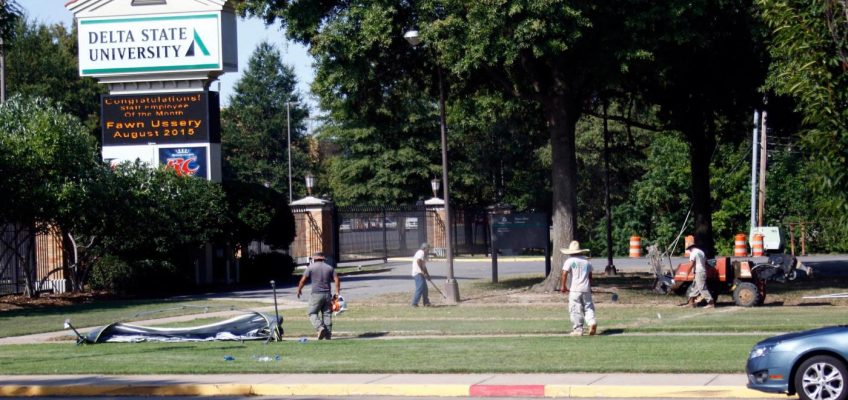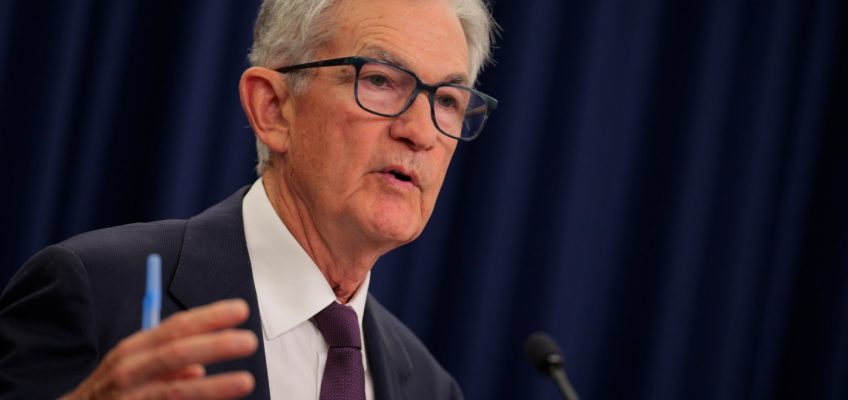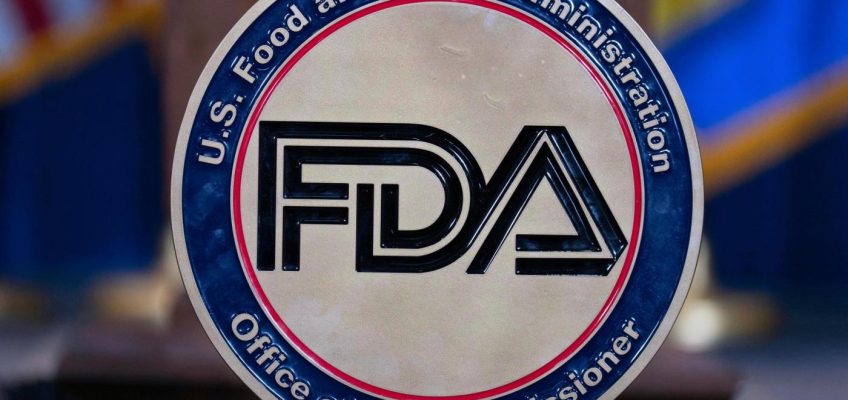By SOPHIE BATES, Associated Press
CLEVELAND, Miss. (AP) — Mississippi police on Wednesday awaited autopsy results for a Black student found hanging from a tree at Delta State University, in a case that has ignited strong emotions in a state with a history of racist violence.
The 21-year-old student was found near the campus pickleball courts early Monday. While police have said they saw no evidence of foul play, his family is demanding answers and has hired prominent civil rights attorney Ben Crump.
Campus police Chief Michael Peeler released little new information about the investigation at a news conference, calling the death an “isolated incident” and insisting there were no active threats to students and faculty.
“Out of respect for those grieving, we ask for continued patience and compassion as this investigation proceeds,” Peeler told reporters at the Delta State campus.
Friends and family of a deceased Delta State University student gather outside to pray after a law enforcement briefing, Wednesday, Sept. 17, 2025, in Cleveland, Miss. (AP Photo/Sophie Bates)
The chief state medical examiner was conducting an autopsy Wednesday, and Peeler said preliminary findings should be released in a day or two.
Peeler said the evidence includes video footage, but he would not say what it shows and where it came from, citing the ongoing investigation.
Family members of the student called for more information from university officials during a news conference on Tuesday. Vanessa Jones, an attorney for the family, said the student had just started classes at Delta State this fall and was “full of life, eager to be there.”
“There should have been cameras at the university that easily could enlighten us as to what happened,” Jones told reporters, adding: “From the moment he left his dorm room or entered that campus, there should be surveillance of all of his actions.”
FILE – Students sit on a bench in front of Kent Wyatt Hall on Delta State University’s Cleveland, Miss., campus on Sept. 14, 2015. (AP Photo/Rogelio V. Solis, File)
Jones said the family also wants an independent autopsy performed.
Online rumors that the student was found with broken limbs were disputed by Bolivar County Coroner Randolph Seals Jr. In a statement cited by local news outlets Tuesday, Seals said his office conducted a preliminary examination and concluded the student did not suffer any lacerations, contusions, compound fractures, broken bones or injuries consistent with an assault.
Seals did not immediately return phone messages from The Associated Press.
“We recognize this is not only about facts,” Delta State President Dan Ennis said Wednesday. “It’s about emotions and about feelings and the way this loss and how it was discovered affects people’s lives.”
Related Articles
FDA proposes ban on Orange B, a food dye not used for decades
Here’s how to get tickets for the 2028 Olympics in Los Angeles
Army veteran who burned American flag near White House pleads not guilty to federal charges
Deadly disease caused by blood-sucking insects spreading in US, CDC says
One of the country’s most distinctive car collections goes on sale in Chicago
Many social media posts about the case have evoked a darker period in U.S. history when killings of Black people by white vigilantes inflicted racial terror in Mississippi and other parts of the Deep South. They include the infamous lynching of Emmett Till, whose body was found 30 miles from the Delta State campus.
Marquon McKinney said he and other Black students at Delta State have been shaken by the death.
“Everybody’s upset right now,” McKinney said, adding that he feels that university officials are trying to downplay the death. “It’s a lot of emotions going on.”
McKinney said his mother called him in the middle of a class on Monday to make sure he was OK, before he had learned that someone had been found dead.
Located in the heart of the Mississippi Delta, near the Arkansas state line, Delta State had a fall 2024 enrollment of more than 2,600 students, 42% of whom are Black.
Crump said he plans to lead an independent investigation along with civil rights groups. U.S. Rep. Bennie Thompson, a Mississippi Democrat, has called for the FBI to investigate.
AP journalist Russ Bynum contributed from Savannah, Georgia.




